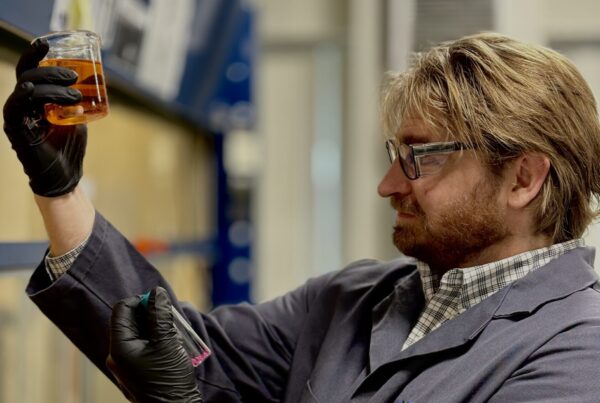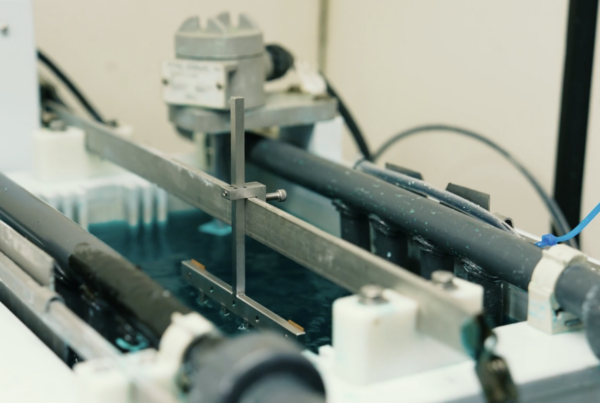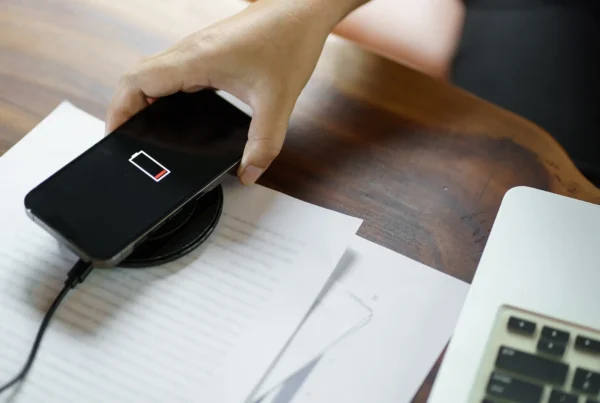I’ve become a fan of Andy Weir and his science-heavy approach to science fiction. Andy is a software engineer who has a love for space science and turned that into a successful career as a science fiction writer. Yeah, he was the guy who wrote The Martian. In his latest foray, Project Hail Mary, the protagonist, Dr. Grace, discovers a new and amazing alien material that is remarkably a crystalline form of the inert gas xenon, that he brands as Xenonite. His new fictional material encounter and its unlikely composition implies that as scientists we need to continuously challenge the assumptions we make while problem-solving.
The research and development process is steeped in challenging your assumptions, digging for the true boundaries of a problem, then seeking a creative solution within those bounds. One of the limits we often encounter in nanoscale engineering is the impact on the physics of electron mobility. We can engineer grain boundaries to be small and stable but in so doing we fundamentally reduce the mean free path of electrons and this impacts electrical conductivity. By making grains small we introduce many more grain boundaries and these cause electron scattering, which reduced conductivity.
A recent application required a material with good electrical conductivity, high strength and fatigue resistance, and could be electroformed into thick layers. Our nanocrystalline nickel-tungsten alloys have great strength and fatigue resistance but don’t meet the electrical conductivity needs of this application. Challenging our assumptions led us to consider the various contributors to reduced conductivity in a metal. Certainly grain boundary scattering was a problem. But in the case of nickel tungsten, we know that the large tungsten atoms at the grain boundary contribute to scattering, as do any residual tungsten atoms in the grains. Further, tungsten is not very conductive in its own right. We needed a new alloy.
Our computational alloy design approach leverages thermodynamics to optimize performance. When we select materials for a new alloy, we will typically exclude hazardous materials and those in short supply. In this case, we can ease the short supply restrictions because the application is extremely valuable. When we challenge that restraint, we open the door to alloying nickel with a little bit of gold. Gold is expensive but is a strong nanoformer for nickel; that is to say, it efficiently prefers to exist on the grain boundary of the alloy and reduce the crystal size. Gold is more conductive than tungsten and since there is little of it in the grain center we have reduced electron scattering significantly.
This approach produced a Au-Ni alloy that is only 2% Au and gives an electrical conductivity that nearly matches pure nickel but with 1.5 GPa strengths and 1 GPa fatigue limit. The plating process can produce layers more than 200um thick without cracking and with modest stress.
Without giving away the plot of Andy’s book, I know that if I asked Dr. Grace about this alloy, he would say “yes. yes. yes.”.
Bob
Sign-Up for Behind the Scene Insights With Our Material Design Experts




